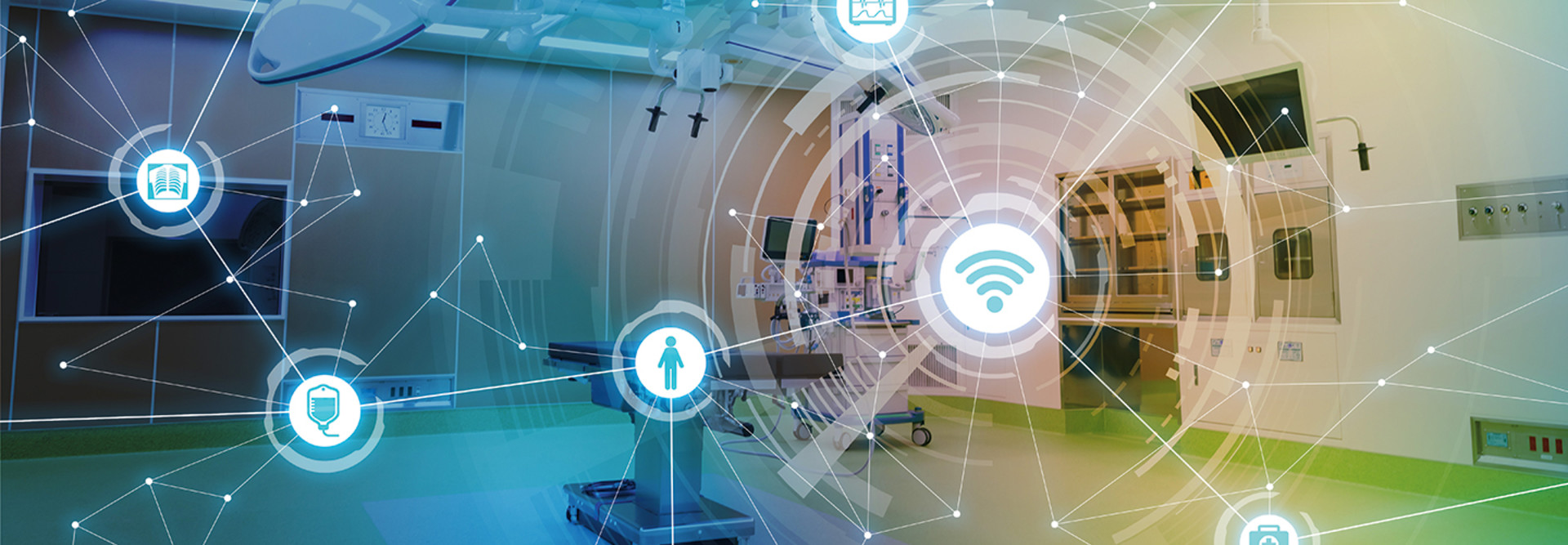How Smart Hospital Strategy Benefits Healthcare
Pak describes smart hospitals as connected, intelligent and insight driven.
“People are looking at how to combine technologies that not only collect data, but also produce insights, with clinical and administrative workflows for a very specific business goal,” he says. “Every hospital is in a different place from a business perspective, and so the smart hospital is really more of a broad concept in which organizations try to compete by providing the right set of technologies to make patient experiences better.”
Tablets are one technology enabling smart hospital strategy. Some hospitals have implemented tablets at the bedside to give patients access to their own data and medical imaging, which increases transparency and provides opportunities for patient education. Tablets can also serve as entertainment for patients and can be used to collect information about their care experiences. Allowing patients to self-report rather than relying on nurses to record information helps offset nurses’ workloads. Nurses and clinicians also benefit from the portability of tablets, which give them easy access to the EHR and other essential apps.
DISCOVER: What makes a smart hospital run?
“Patients are probably the most underutilized resource in healthcare,” says Pak. “Automation and smart hospital technology empower patients to do the things they need to do without support, unless they need it.”
Not all healthcare organizations are trying to solve for the same problem, and they’ll each likely have a different approach to implementing smart technology solutions. While efficiency, cost and patient experience are important for all healthcare organizations, their approach to smart hospital strategy will differ depending on what specific problem they’re solving for. For instance, a hospital responding to a workforce shortage may implement automation or robotics to increase efficiencies in areas that lack workforce support, Pak says.
Networking and Security Are Essential to Smart Hospitals
It’s important for healthcare organizations to ensure they have network connectivity and bandwidth where it’s needed.
“One of the main challenges healthcare organizations have is bandwidth. Many basement areas don’t have the necessary connectivity,” says Pak. “Samsung’s Grants Support Program can bring a level of connectivity that supports real-time data imaging to improve efficiency and quality of care in those areas.”
EXPLORE: 5 steps to secure Internet of Medical Things devices.
Additionally, with the rise in IoMT devices and other connected technologies, it’s important for healthcare organizations to increase their investment in security tools, experts and training.
“As devices become more connected, especially with IoMT, the risk goes up and so the investment in security also has to go up,” says Pak. “Healthcare data is much more valuable that some other types of data. For that reason, the amount of investment has to increase proportionally as healthcare organizations consider smart hospital strategies.”
Wearables Take Smart Hospital Strategy Outside the Hospital
Smart watches and other wearables, still in the early phases of the transition consumer devices to medical devices, can help healthcare organizations improve the patient experience beyond the four walls of the hospital.
More than simple step counters, today’s sophisticated wearables are able to measure sleep quality and are being used in pilot programs for fall detection and wayfinding. Another potential use is the continuous measurement of vitals such as blood pressure.












